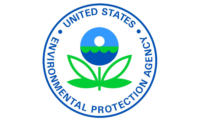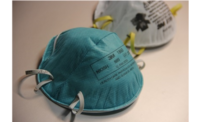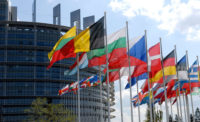A key ingredient in RoundUp, the world’s most widely used herbicide, is at the center of a battle over worker and environmental safety in Europe.
Glyphosate – the main active ingredient in the Monsanta-manufactured herbicide RoundUp, was classified as “probably carcinogenic to humans” by the World Health Organization's International Agency for Research on Cancer (IARC) in March 2015. However, the European Food Safety Agency (EFSA) subsequently rejected the WHO’s conclusions and declared that glyphosate poses "no carcinogenic hazard to humans" or any other health risk.
"Commercial secrecy"
The Commission then proposed to renew the approval of glyphosate for the maximum period of 15 years and to increase the permissible residue limits in food. It refused to disclose the evidence on which the EFSA based its positive recommendation, on the grounds of “commercial secrecy.”
The renewal is being opposed by the European Federation of Food, Agriculture and Tourism Trade Unions (EFFAT), which represents nearly seven million agricultural workers in Europe and the two main Spanish trade union confederations, Comisiones Obreras (CC.OO.) and UGT.
Protecting workers
The EFFAT said glyphosate must be banned in order to protect “frontline agricultural workers from the consequences of injecting massive quantities of toxic chemicals into the environment." The CC.OO and UGT are calling on their country’s government to reject the EU’s extension.
In the UK, the general trade union GMB is taking a softer stance. "Employers should be substituting products containing glyphosate with safer alternatives that pose no health risk," said the union in a statement.
More than 45 environmental and civil society organisations sent a letter to the EU Health Commissioner Vytenis Andriukaitis, urging him to take precautionary action against the use of glyphosate.
Proposed changes would still expose workers
In April, the European Parliament adopted a resolution calling on the EU Commission to reduce the renewal of its marketing approval from fifteen to seven years, and limit it to professional uses only. The resolution also calls for a ban on many of the uses currently considered acceptable for glyphosate, including in or close to public parks, playgrounds and gardens, and where integrated pest management systems are sufficient for necessary weed control.
MEPs also call for an independent review and the publication of all the scientific evidence that the EFSA used to assess glyphosate.
“The Parliament considered that the Commission’s draft regulation on glyphosate fails to ensure a high level of protection of the environment and of both human and animal health,” according to a statement by the European Trade Union Institute (ETUI). “As in other areas such as nanomaterials, it fails to apply the precautionary principle.”
The level of controversy has reached such a point that the European Chemicals Agency (ECHA) was requested to publish a communication and guidance on the controversial weed killer.
The ECHA is about to investigate the wider human health effects of glyphosate, following Germany’s submission of a dossier on harmonized classification and labelling. This process will not be finalised until towards the end of 2017. If the ECHA finds that glyphosate can cause cancer, interfere with reproduction or damage the hormone system then, according to EU regulation on pesticides, it can no longer be used as an active substance.
Most recent developments:
• May 19, 2016: a decision on whether or not to reapprove glyphosate for use in Europe for nine more years was postponed for the second time, following disagreement among representatives of EU governments.
• May 16, 2016: experts from the U.N.'s Food and Agriculture Organization (FAO) and World Health Organization (WHO) said glyphosate is “unlikely to pose a carcinogenic risk to humans from exposure through the diet.”
Meanwhile, RoundUp continues to be widely used to control grass and weeds in fields, backyards and gardens.
Additional information:
GMB: The Health Risks from Glyphosate (11 May 2015) (pdf - 97.21 Kb)
European Parliament resolution (13 April 2016) (pdf - 286.88 Kb)



